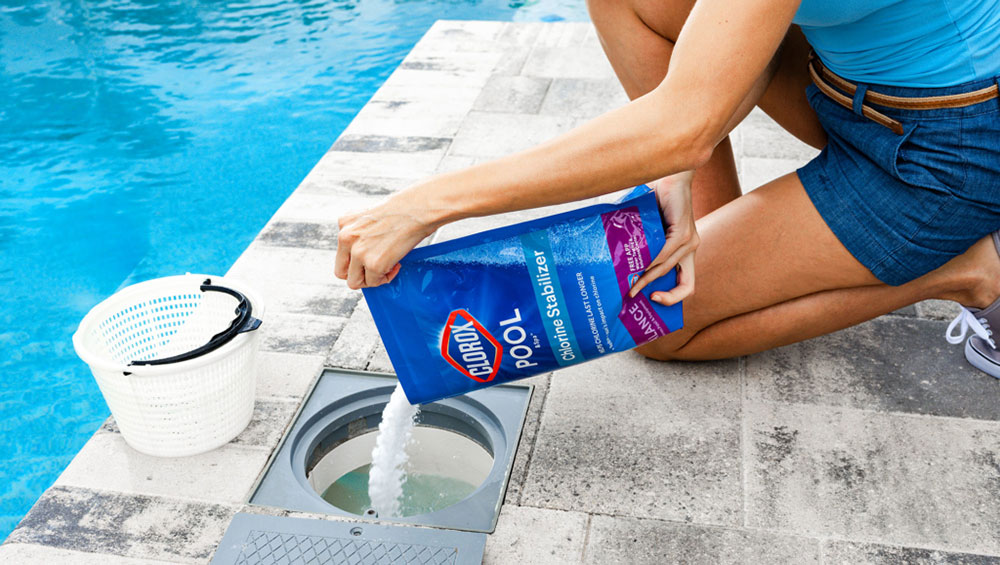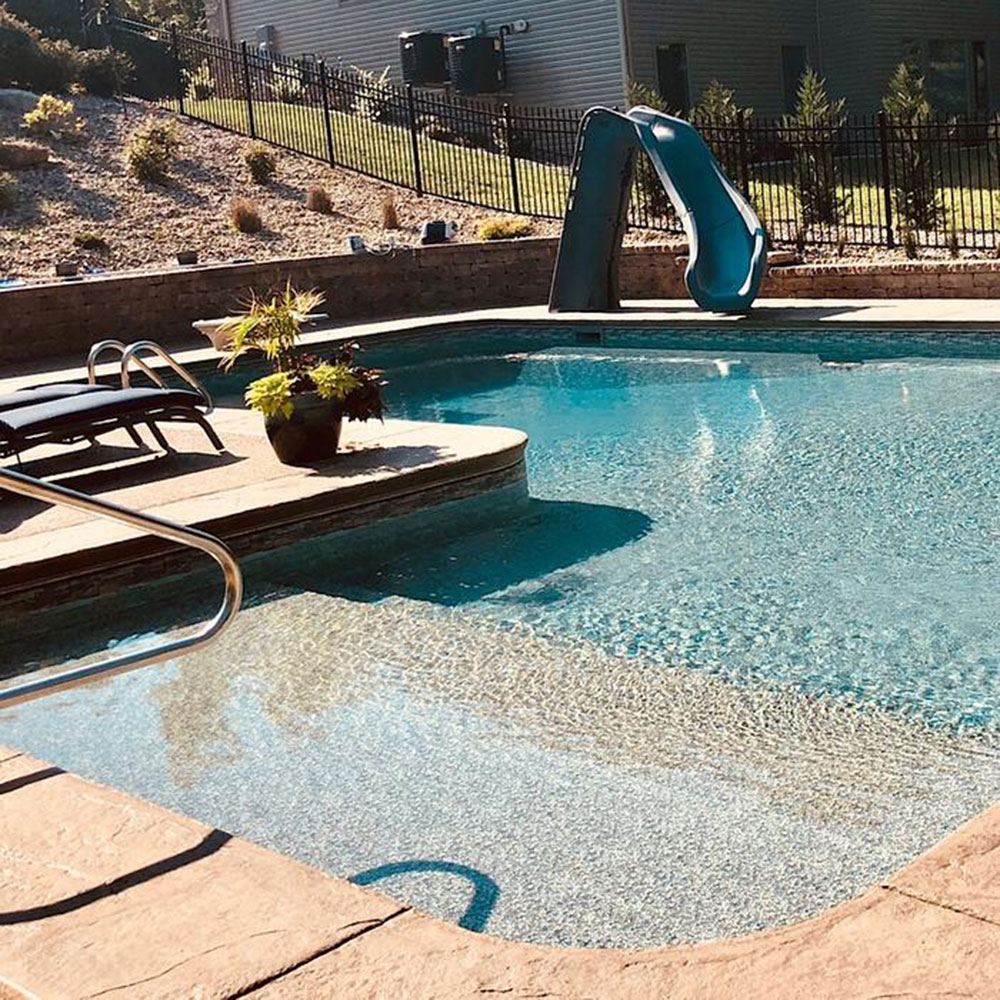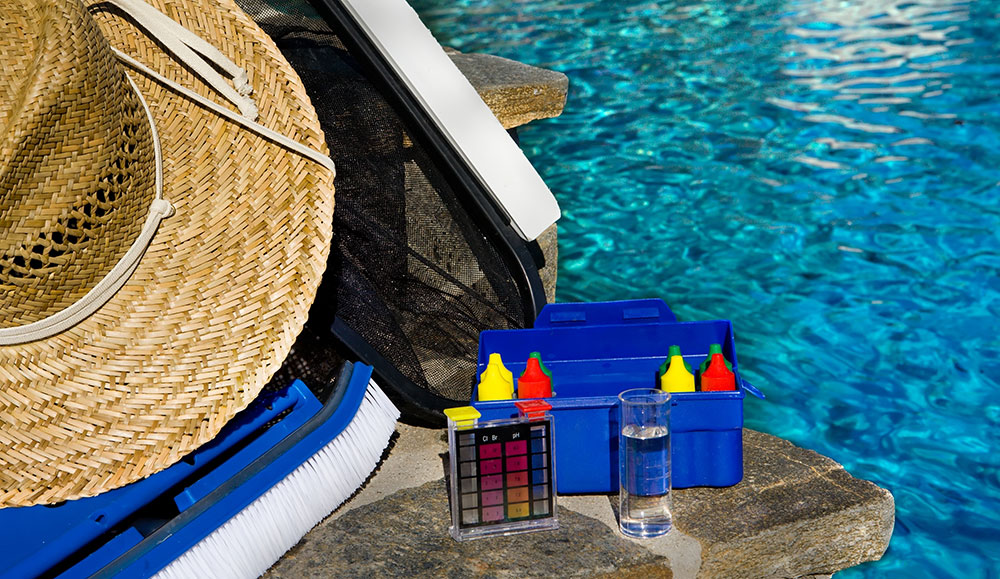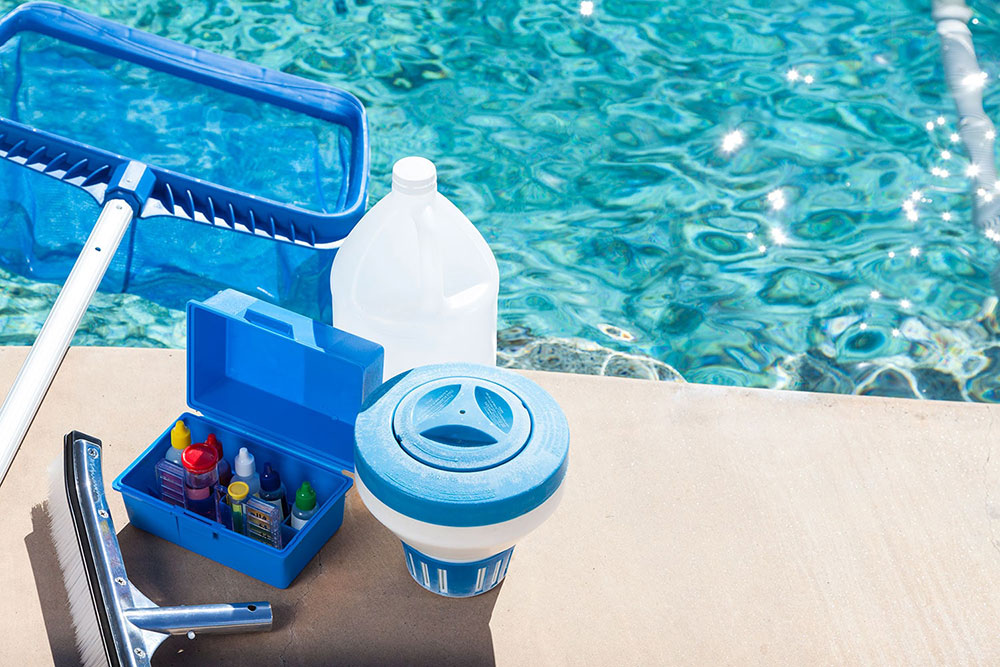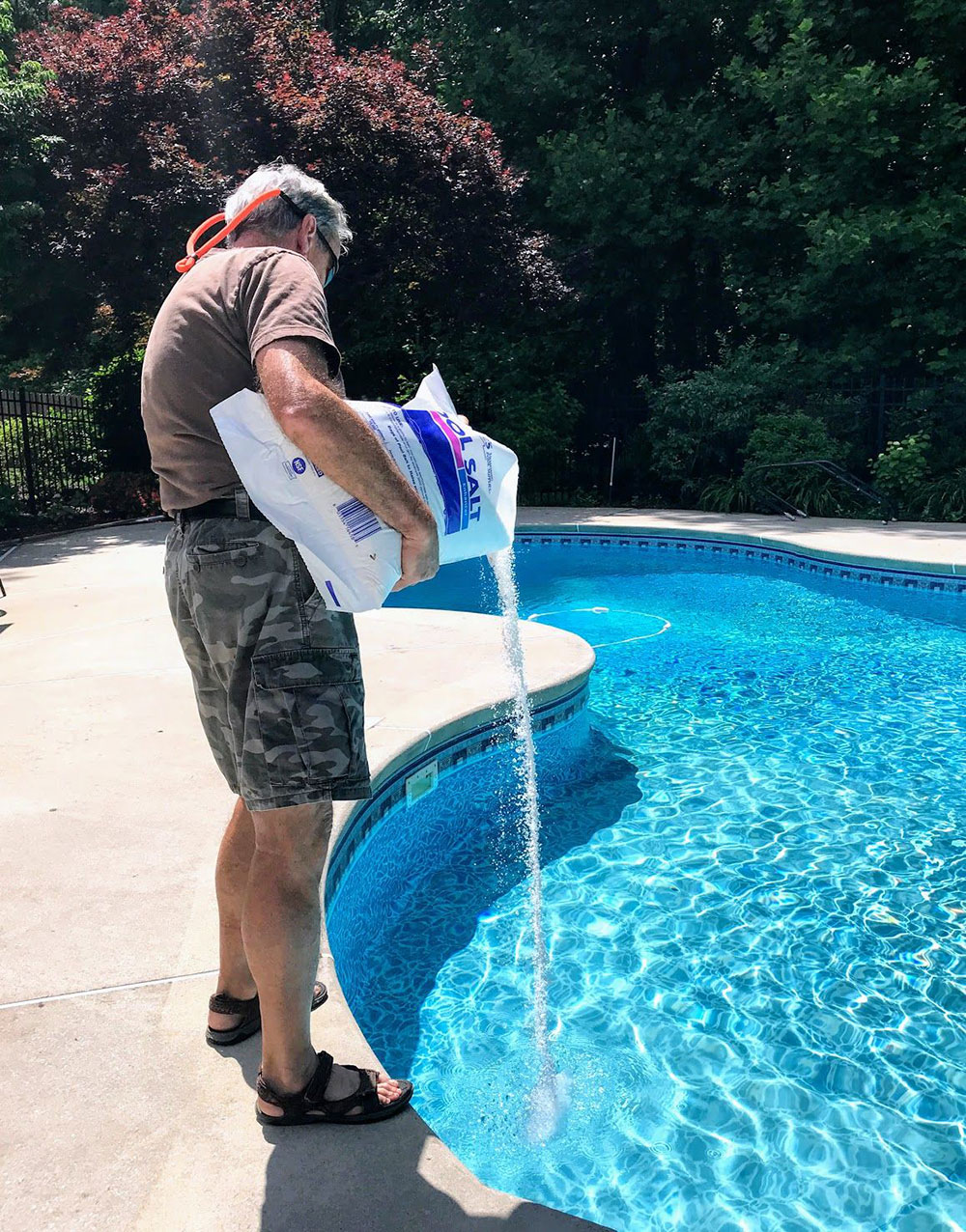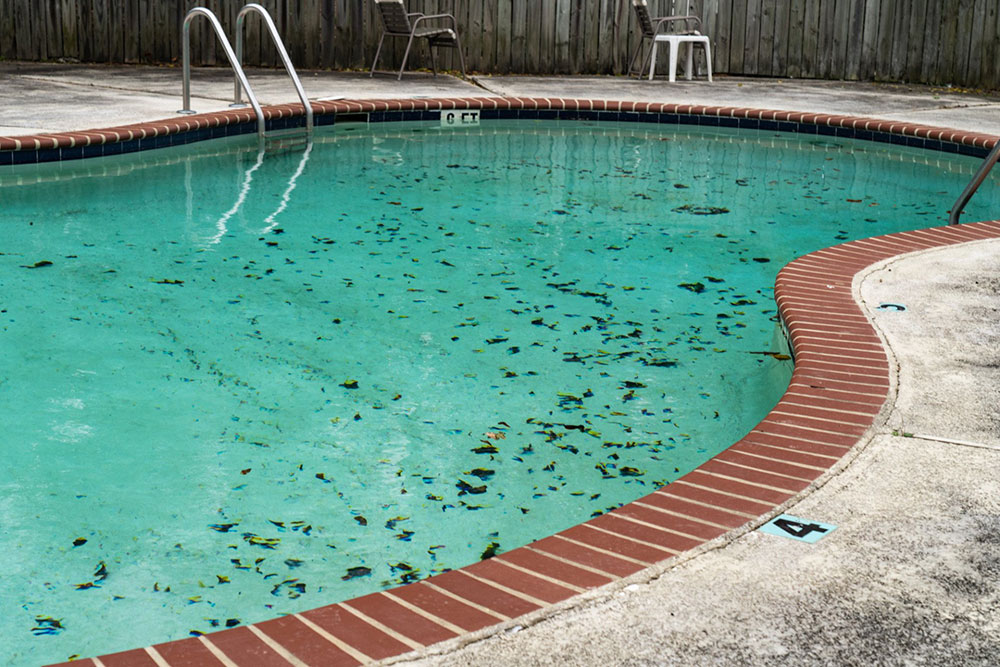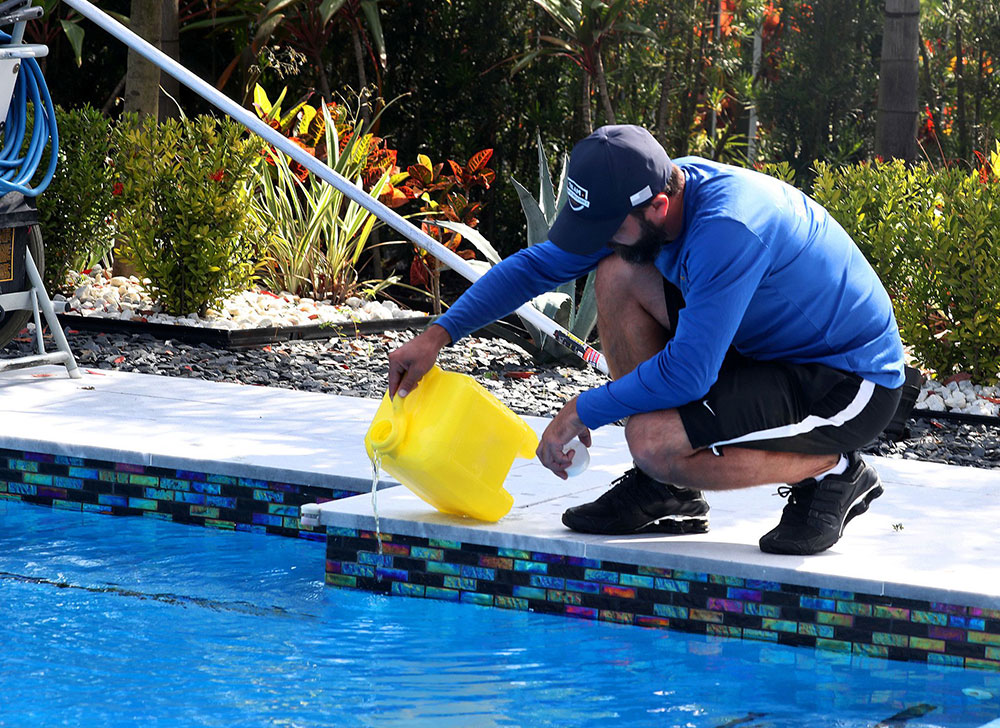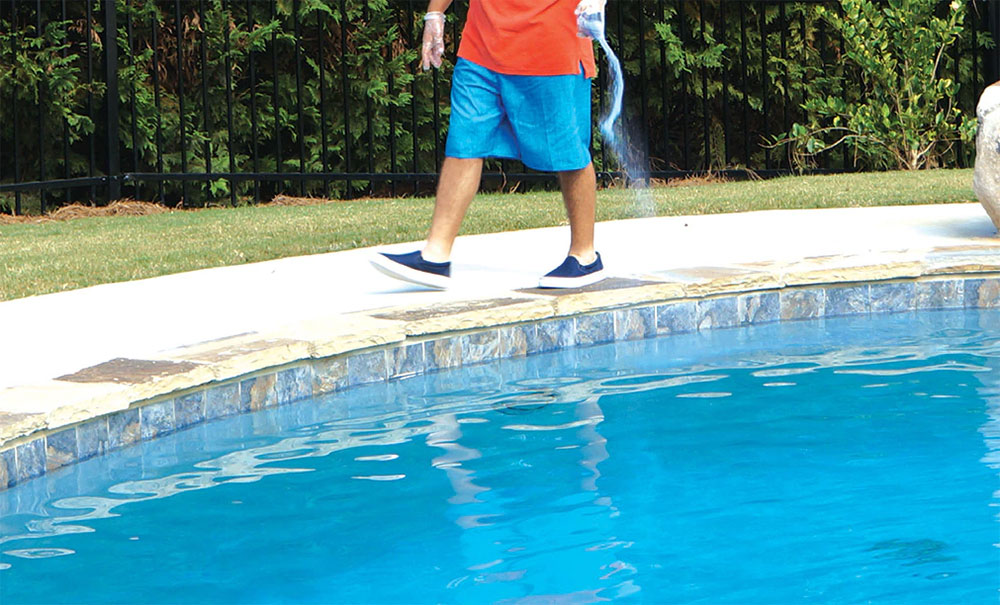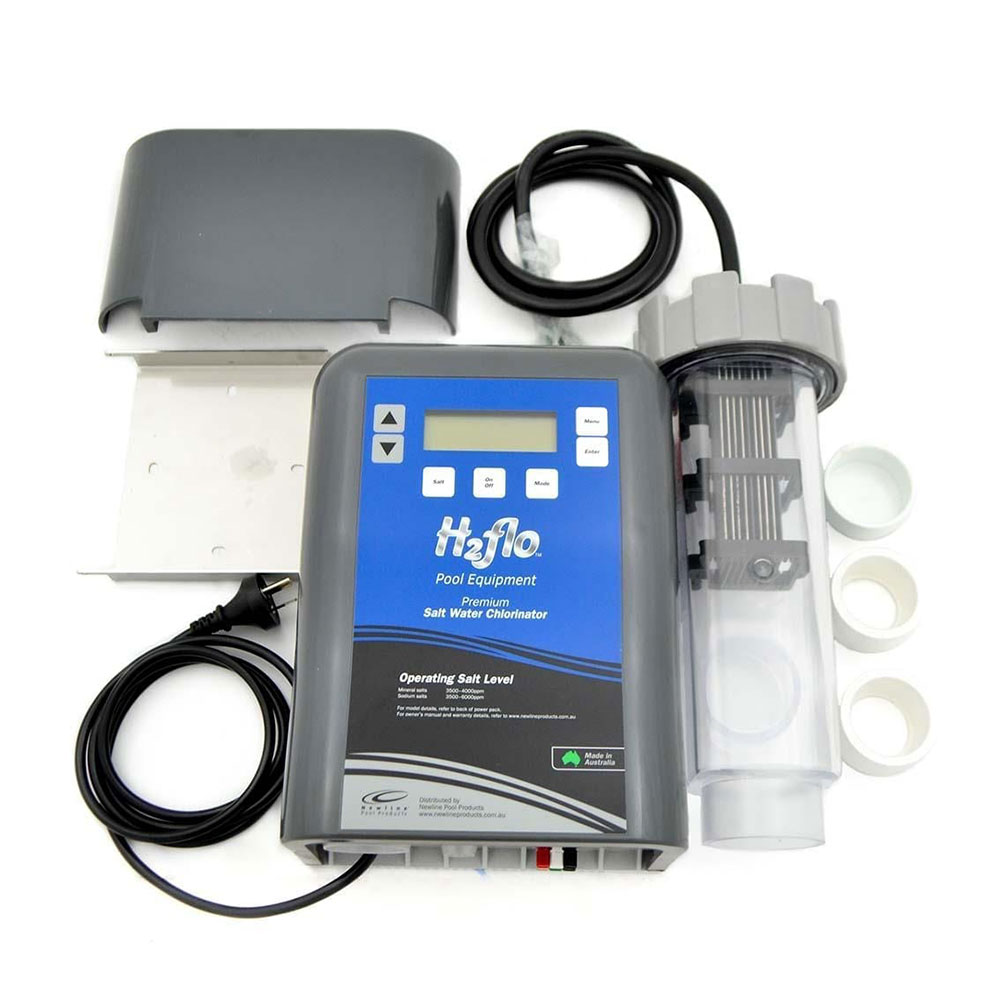Advertisement
So, you want to know how to maintain a saltwater swimming pool?
Let’s dive in.
Many people dream of having a pool in their backyard. For some, it almost seems like a dream. Having the saltwater pool increases the enjoyment in everyday life, but it also increases the value of the estate by an amazing 7.7 %. Saltwater pools: comfort, convenience, and cost-savings. Saltwater pools actually are cheaper to operate. But you as many probably wondered how to maintain a saltwater pool?
Many people who have a pool decide to fill it with salty water. It keeps the pool cleaner, like chlorine. It is also good for the generator to work. And it also gives the impression of swimming in the sea.
You may find saltwater pools in most hotels, resorts or cruise ships, but also – in private homes.
A saltwater pool is easy to maintain if all the pool equipment works properly – pump, filter, skimmer. It all has to be regularly cleaned and checked once in a while.
Even if there is no additional chlorine in the saltwater pool, there can still be some chlorine in it. This is a small percentage of chlorine going through the filters.
There is ten times less salt in the saltwater pool than in the ocean. There are about 3000 parts per million salinity in the saltwater pool. This is way less amount than in the ocean which has around 35.000 ppm.
Be sure you test the saltwater pool water salinity and also levels of chlorine, pH and alkalinity. These levels may vary if you intend to have a lot of people in your pool. Needed help cleaning and maintaining your pool? Now you will know how to maintain a saltwater swimming pool. It will cost less to maintain the pool every week than to buy a new pool pump, salt cell or a chlorine generator.
Tips on how to maintain a saltwater swimming pool
Maintaining pool chemistry is the trickiest part of maintaining saltwater pools. Imbalanced water chemistry makes everything harder. Be sure to test the water again to maintain your pool’s water chemistry within proper levels. Every week, you should test your saltwater pool’s pH and free chlorine. Adjust the essential chemicals for a safe swim. Water pools should be able to test chlorine, pH, alkalinity, calcium hardness, and stabilizer (CYA). We hope this guide helps new salt pool owners.
Alkalinity
The level of alkalinity may affect the pH level, which may further influence the levels of other chemicals in the pool water. If the alkalinity level is low, add sodium bicarbonate, and if it is high – use muriatic acid. Saltwater pools are most stable with a pH of 7.6.
Chemical balance
You have to be very cautious with the level of chemicals in the swimming pool water. This is the second most important thing after sanitization. The parameters for regular levels of chemicals are:
- pH 68% (acidity/alkalinity)
- total alkalinity (TA) 16%
- calcium hardness 16%
You must check the chlorine and pH levels at least once a week. As for the alkalinity and calcium hardness, you may test it from time to time, no need to do it every week.
pH
When you test out the alkalinity levels, the next step is to adjust the pH levels. This is important for all the chemicals contained in the swimming pool water, so be extra cautious when doing this. The good pH level you’re going for is about 7.2 to 7.6. If the pH is low, you must boost the alkalinity and if it is high, use the pH decreaser.
Chlorine
The next chemical to check is chlorine. On average it should be 1 to 3 ppm. Use calcium hypochlorite or dichlor if the level is too low, and if you need to decrease the chlorine level, just add some fresh water and draining 2″ to 3″.
Cyanuric acid
Chlorine levels are affected by sunlight. This is why you need to add some sort of a protector to the swimming pool water.
Use cyanuric acid to prevent UV rays from disturbing chlorine levels. There should be 50 to 80 units of this acid. If you add a stabilizer, this will increase cyanuric acid levels in case they are low. If the levels are too high, use some fresh water again and drain 2″-3″ of water.
Calcium
This is yet another chemical to be careful with. If the level of calcium is not right, it may lead to pitting or etching on the surface. To ensure a good calcium level, the saltwater pool range should be around 200 to 400 ppm. If the level is low, level it out by adding calcium hardness. But, if it is too high, add fresh water and drain 2″-3″ of water.
Metals
You shouldn’t have any metals in the swimming pool water. If there are metals in the water, you will notice staining on the surface of the pool. There are special products you can use to make sure metals don’t build up on salt cells. These products will also stop the staining.
Manage stabilizer
The chlorine can evaporate from the saltwater pool water and a stabilizer is there to prevent this. People usually use cyanuric acid for this. Keep the stabilizer at a good level, and the chlorine level will be fine too.
Granular Chlorine to shock pool (as needed)
This is something that pool owners should do from time to time. It is also known as treating pool water with super chlorinate. The saltwater pool requires the occasional shock to reset all the chemicals in the water and also to clean it from any potential organic material. We recommend you use granular chlorine. The pool shock will burn up all the unwanted material in the saltwater pool. Make sure you first read the manufacturer’s guidelines and instructions to accurately balance chlorine levels.
Salt
The last step is adding salt to the swimming pool. After you checked all the chemicals levels and made sure they are all good, only then you can add salt.
The recommended salt levels in the pool you should add are somewhere between 2700 and 3500 ppm.
After you balance out the salinity level and adjust all the chemicals in the saltwater pool, then you can turn on the saltwater chlorinator. If you need more information and details on the saltwater pool opening and chemical maintenance subject, read Pool Chemicals and the user guide.
Testing
It is very important to test the pool water on a weekly basis. Two of the most important parameters you should mind are chlorine level and pH. For many pool owners, this measuring and adding chemicals is a lot of work and a challenge, but it is essential to do it regularly.
Doing this kind of testing is not complicated. Just like any other pool, you will need a good test kit to monitor chlorine and water balance levels. In this special drop test kit, you’ll get special test strips inside this kit. You simply need to dip them into the water.
The good chlorine level should be 1-3 ppm. You can adjust its level with the use of the output control on the control box or cell.
As for the pH level, it should be kept at 7.2 to.7.6. If there is a need, you can lower the pH with muriatic acid. If you, in any case, have to raise it, you can do this with soda ash or sodium bicarbonate. Read the instructions just to be sure.
In the winter season, you should, as there most manufacturers recommend, remove the flow switch and salt cell from the plumbing. There are artificial cells you can put in their place during the winter.
The control box is more resistant and can stay in its place. The cold won’t damage it.
Maintenance
Having a pool in your backyard is great fun, but it pools require some work. So how to maintain a saltwater swimming pool? Here are the things you need to do to keep your pool in the best condition.
If you want to have a good, clean, functioning, and safe swimming pool, you have to maintain it regularly. To make sure it is all working properly, we advise you to do a full check-up every three months. Pool care is essential if you want to enjoy safe swimming.
One of the great and useful features of the salt chlorinator is it has an alert button. It will flash the Inspect-cell light on the control box to remind you to do a check-up.
Remove the parts, inspect them individually. Look if there is any debris that might have escaped the filter. After you do a detailed check, install all the parts back to their place.
If you in any case discover some deposits, rinse them with the high-pressure garden hose. If it can’t be rinsed off, use a piece of wood or plastic to take it off. Never use metal, because it can damage the plates.
If none of these works, the mild acid will. Before you start, read the instructions! It is recommended a 4:1 ratio of water to muriatic acid. And remember- always add acid to water, never the other way around. Maintain the right amount of chlorine for clean, clear, and luxuriously soft pool water.
After you make the right mixture, pour it into a container. Add enough for the solution to reach the top of the cell but not the cable. Let it rest for a couple of minutes and then rinse. After you finish the cleaning, you can reinstall the cell.
If you want to enjoy safely all the good traits of being a pool owner, you must learn how to maintain a saltwater swimming pool first. Maintaining a pool demands work, but it is all with it in the end.
If you enjoyed reading this article on how to maintain a saltwater pool, you should read these as well:

